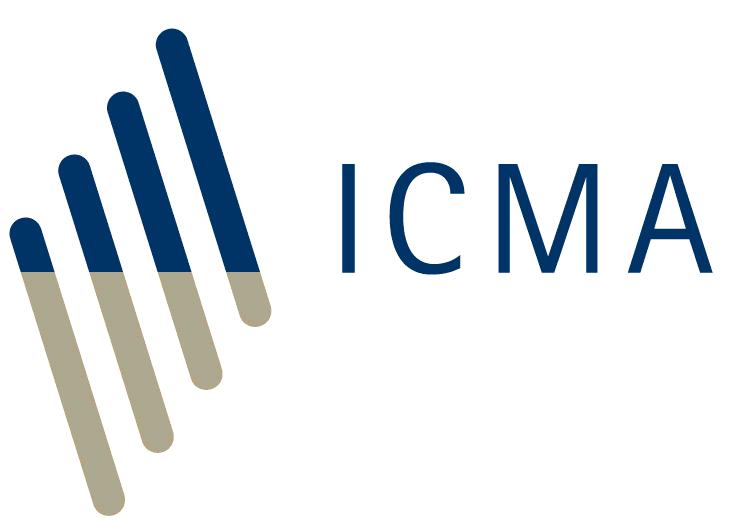In principle, the note itself as well as regulatory documentation such as a prospectus, are expected to be similar to that used in traditional bonds. However, provisions in the documentation for a DLT bond are expected to differ from traditional bonds in a few key respects, stemming from the differences in the legal structure of the bond and any related obligations of the issuer and its potential agent(s). Generally, the documentation of a DLT bond is expected to:
- Accurately reflect how the DLT bond is held from a legal perspective, as described in Q&A 6. This may necesstitate adapting or removing many of the provisions typically seen in traditional bond documentation as regards the legal form of the bonds – for example, the provisions regarding the bearer or registered form of the bonds.
- Accurately reflect the different issuance and lifecycle processes applicable to DLT bonds, as described in Q&A 11. This may necessitate adapting, removing or supplementing the provisions concerning how the DLT bond is safekept, as well as the way record keeping, payments and corporate actions functions are delivered. The roster of transaction parties (eg agents, registrars etc) acting in relation to a DLT bond may differ from a traditional bond, too. The documentation appointing those transaction parties may therefore need revision.
- Ensure that the terms and conditions of the DLT bond are compatible with the relevant DLT or blockchain-based system on which the bonds are recorded, ie ensure the terms and conditions can be converted into computational logic where needed. This is particularly true of DLT bonds that are digital native assets, where the terms and conditions may be coded onto a DLT or blockchain-based system in the form of a smart contract.
However, it should be expected that core functions of legal documentation, such as disclosure of the terms of the bonds, apply irrespective of the format of a security (whether DLT-based, physical, dematerialised or immobilised) and be performed subject to legal and regulatory requirements of the respective jurisdiction, as also noted above in Q&A 6.
6The term “documentation” refers to all documents needed in relation to a bond issuance, including prospectus or offering circular, contractual agreements between parties involved and others subject to local law and regulatory requirements.
Back to Frequently Asked Questions on DLT and blockchain in bond markets
<<< Previous page Next page >>>







